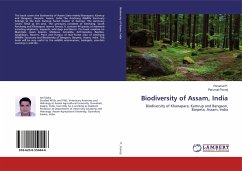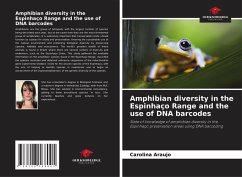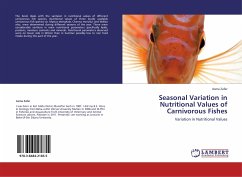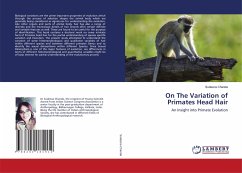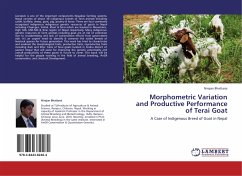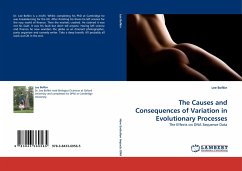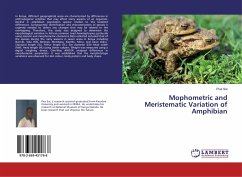
Mophometric and Meristematic Variation of Amphibian
Versandkostenfrei!
Versandfertig in 6-10 Tagen
24,99 €
inkl. MwSt.

PAYBACK Punkte
12 °P sammeln!
In Kenya, different geographical areas are characterized by differences in anthropogenic activities that may affect many aspects of an organism. Decline in amphibian population appear related to this localized differences. Consequently, identification and characterization of species is urgently needed to detect any changes that may be related to the overlapping. Therefore, this study was designed to determine the morphological variation in African common toad Amietophrynus gutturalis using meristic and morphometric characters.Data collected included that of the species during the rainy seasons...
In Kenya, different geographical areas are characterized by differences in anthropogenic activities that may affect many aspects of an organism. Decline in amphibian population appear related to this localized differences. Consequently, identification and characterization of species is urgently needed to detect any changes that may be related to the overlapping. Therefore, this study was designed to determine the morphological variation in African common toad Amietophrynus gutturalis using meristic and morphometric characters.Data collected included that of the species during the rainy seasons in seven areas in Kenya including Nairobi, Taita Hills, Baringo, Mombasa, Kiambu, Meru, and Uasin Gishu. Standard length (SL), Femur length (FL), Eye diameter (ED) Head width (HW), Head length (HL) using Vanier calipers. Weight was measured using a digital weighing device. One-Way ANOVA analyzed differences in morphometric parameters. It was established that the morphototype variations was observed for skin colour, body pattern and body shape.



